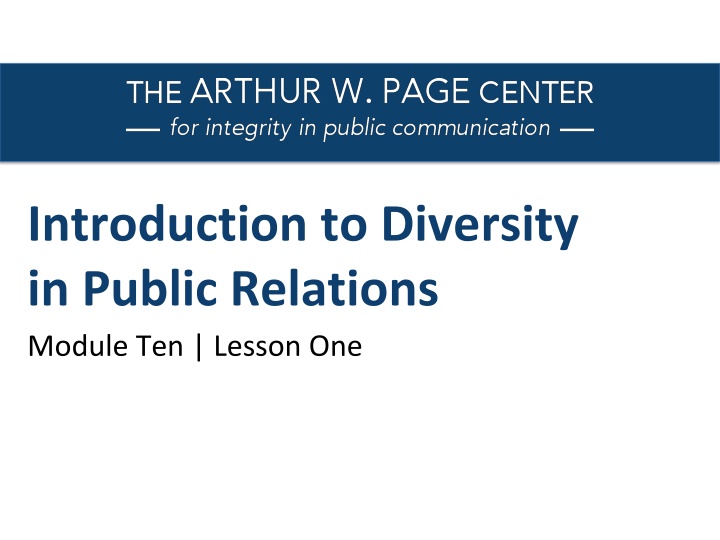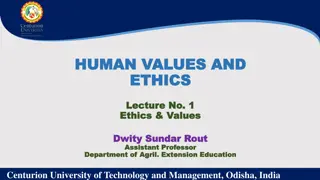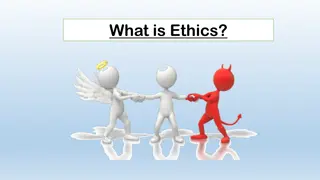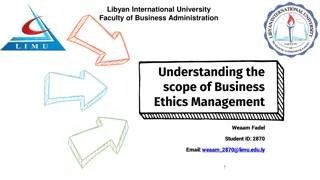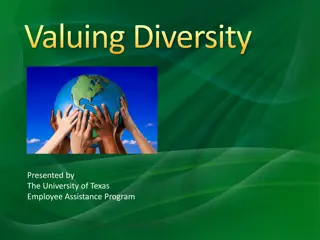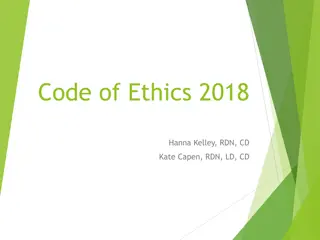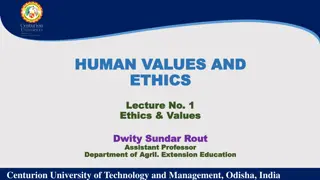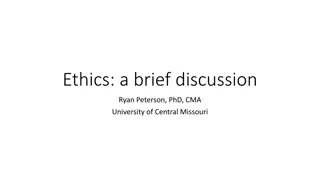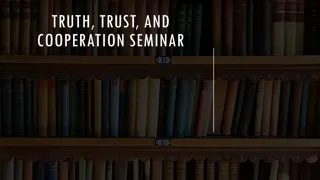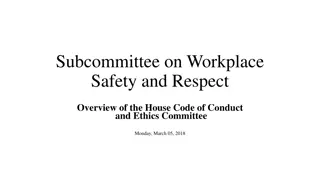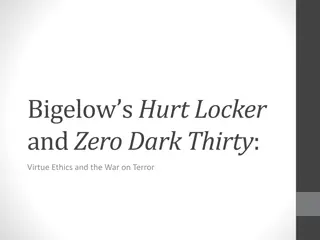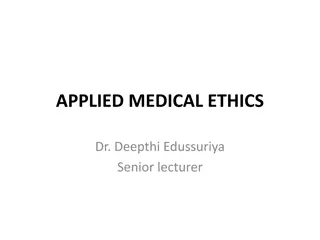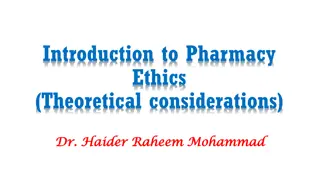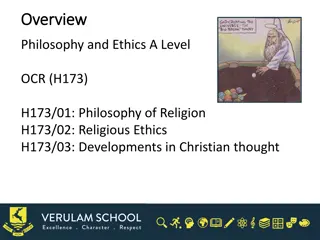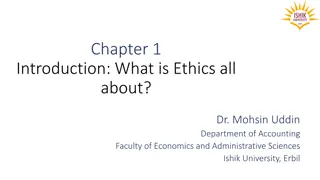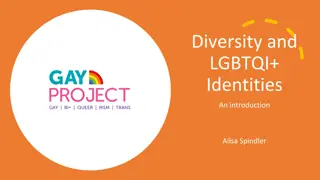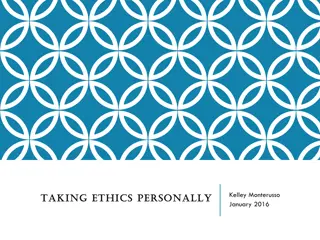Introduction to Diversity in PR: Origins, Dimensions & Ethics
Delve into the origins of diversity in public relations, exploring primary and secondary dimensions, along with ethical considerations. Understand the importance of diversity through a theoretical lens and ponder on recent PR campaigns focusing on diverse aspects. Discover how leading PR organizations approach diversity and ethics in their practices.
Download Presentation

Please find below an Image/Link to download the presentation.
The content on the website is provided AS IS for your information and personal use only. It may not be sold, licensed, or shared on other websites without obtaining consent from the author.If you encounter any issues during the download, it is possible that the publisher has removed the file from their server.
You are allowed to download the files provided on this website for personal or commercial use, subject to the condition that they are used lawfully. All files are the property of their respective owners.
The content on the website is provided AS IS for your information and personal use only. It may not be sold, licensed, or shared on other websites without obtaining consent from the author.
E N D
Presentation Transcript
Introduction to Diversity in Public Relations Module Ten | Lesson One
Lesson One | Introduction Lesson Overview Origins of diversity in PR Defining diversity Diversity and ethics Theoretical perspective Local and global approaches
Lesson One | Introduction Origins of Diversity in PR Excellence theory (Grunig et al., 1992) linked diversity in public relations to requisite variety (Weick, 1979). Requisite variety refers to how an organization must be diverse internally to build effective strategic relationships externally.
Lesson One | Introduction Defining Diversity Primary dimensions: age, race, sexual orientation, gender, ethnicity, and physical abilities/qualities Secondary dimensions: class, language, income, marital status, parental status, hobbies, interests, geography, values, religion, and military experience Other dimensions: avowed (how we see ourselves), affirmed (how others see us)
Lesson One | Introduction Discussion Question One What are some examples of recent public relations campaigns that focus on one aspect of primary, secondary or other dimensions of diversity?
Lesson One | Introduction Diversity and Ethics IABC: I am sensitive to others cultural values and beliefs. Global Alliance: Obeying laws and respect diversity and local customs. IPRA: Dialogue: Seek to establish the moral, cultural and intellectual conditions for dialogue, and recognise the rights of all parties involved to state their case and express their views. PRSA: We respect all opinions and support the right of free expression.
Lesson One | Introduction Discussion Question Two Why do you think the Public Relations Society of America does not include specific references to diversity or cultural differences in its Code of Ethics?
Lesson One | Introduction Theoretical perspective Six cultural (Hofstede, 2001) 1. Power distance 2. Individualism vs. collectivism 3. Masculinity vs. femininity 4. Uncertainty avoidance 5. Long-term vs. short-term orientation 6. Indulgence vs. restraint
Lesson One | Introduction Local and global approaches Local approach: Proponents of this approach argue that different countries and cultures are so different that they require strategies that are specifically designed to respond to local opportunities and challenges (Alaimo, 2017, pp. 3-4) Global approach: Practitioners who apply this approach believe that there are certain best practices and messages that are generally successful across countries and cultures (Alaimo, 2017, pp. 3-4)
Lesson One | Introduction Discussion Question Three In crafting a message to help people understand why they should practice social (physical) distancing, would you use the local approach or global approach? Why?
Lesson One | Introduction References Alaimo, K. (2016). Pitch, tweet, or engage on the street: How to practice global public relations and strategic communication. Taylor & Francis. Hofstede, G. H., & Hofstede, G. (2001). Culture's consequences: Comparing values, behaviors, institutions and organizations across nations. SAGE. Sha, B.-L & Ford, R.L.. (2007). Redefining "requisite variety": The challenge of multiple diversities for the future of public relations excellence. The Future of Excellence in Public Relations and Communication Management: Challenges for the Next Generation. 381- 398. Weick, K. E. (1979). The social psychology of organizing. Addison-Wesley Publishing Company https://www.globalalliancepr.org/code-of-ethics https://www.iabc.com/about-us/purpose/code-of-ethics/ https://www.ipra.org/member-services/code-of-conduct/ https://www.prsa.org/about
